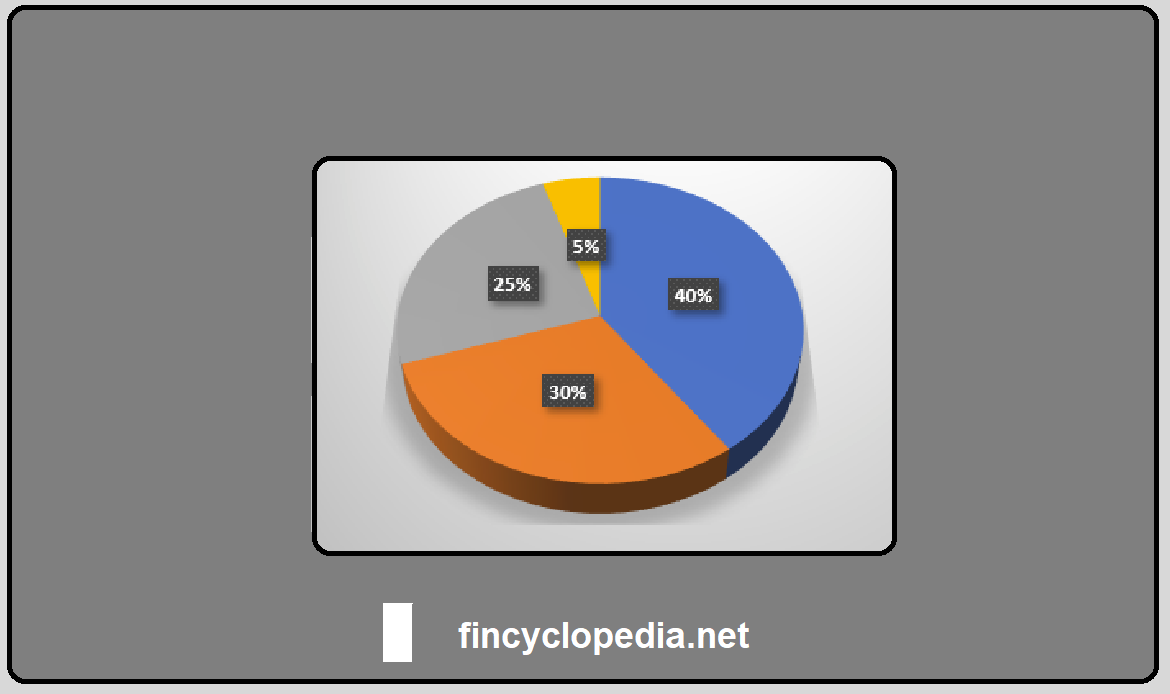An investing method that aims to maximize returns by the least number of buy and sell transactions (orders)- i.e., minimal turnover of the securities targeted (well-known securities like large caps). This involves buying securities (and investments) that reflect the performance of market indexes, then holding them long term. Passive management (also known as passive investing) is an investing strategy that usually tracks a market-weighted index or portfolio.
Passive management is a rules-based, buy-and-hold strategy that does not focus on selection of mispriced individual securities. However, unlike classic indexing, passive management can include investing in an array of market segments that are picked by the investment manager. Index investing is an example of passive management strategy whereby investors buy a representative benchmark and hold it over a long time.
Passive management aims to create wealth over the long term. Also known as a buy-and-hold strategy (or a set-it and forget it), passive management does not seek to profit from short-term price fluctuations or market timing.
The main two features of passive management are 1) minimization of buy and sell transactions (in order to hold for long term, and 2) selection of a representative benchmark consisting of the relevant securities.







